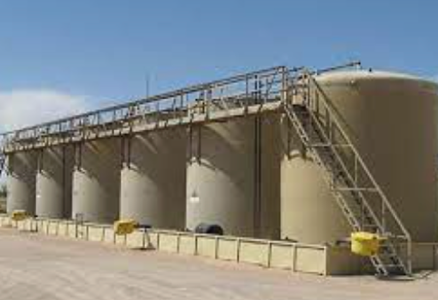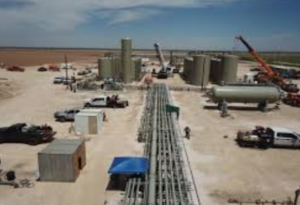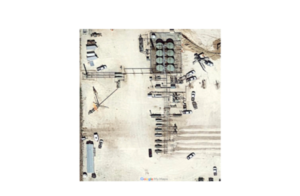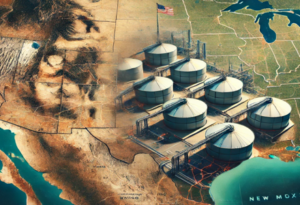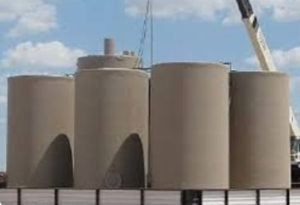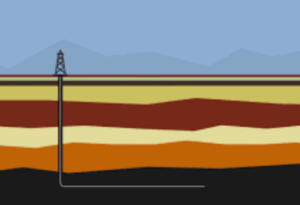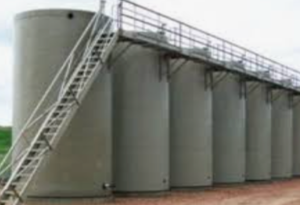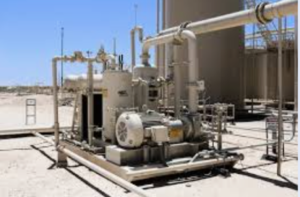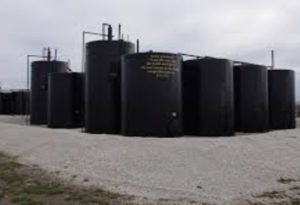Secondary containment systems for tank bases primarily serve the purpose of preventing and containing leaks, spills, or seepage of hazardous materials from storage tanks, such as those used in the oil and gas industry. They are essential for environmental protection, particularly in preventing soil and groundwater contamination.
However, in some indirect ways, secondary containment systems can potentially contribute to land reclamation efforts:
- Environmental Protection: The primary role of secondary containment systems is to protect the environment from hazardous material leaks. By preventing the release of harmful substances, they help ensure that land remains uncontaminated, preserving its natural state and making it more suitable for future land reclamation.
- Minimized Cleanup Costs: In the event of a leak or spill, secondary containment systems help to contain the released materials, making cleanup efforts more efficient and less costly. This can indirectly support land reclamation by reducing the financial burden of environmental remediation.
- Preventing Long-Term Environmental Damage: Containing leaks effectively through secondary containment helps prevent long-term environmental damage to the land. Over time, this can facilitate easier and more successful land reclamation efforts, as there is less contamination to address and mitigate.
- Regulatory Compliance: Implementing secondary containment systems is often a regulatory requirement in many regions. Complying with these regulations ensures that the land remains protected from the potential harm of leaks and spills, making it more viable for future land reclamation.
It’s important to note that while secondary containment systems can indirectly contribute to land reclamation efforts by preventing environmental damage, land reclamation itself involves a distinct set of activities and techniques for restoring land to a useful or natural state. These activities may include soil remediation, habitat restoration, and vegetation replanting, among others. Secondary containment is just one component of broader environmental protection efforts in industrial and storage facilities.
Tank Information

